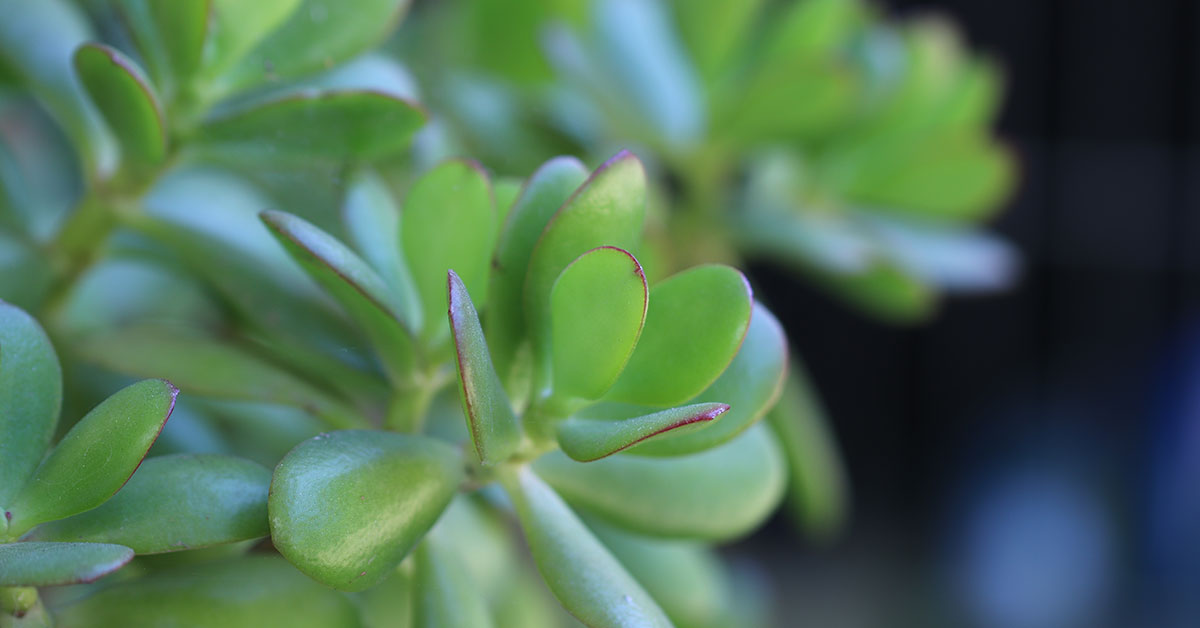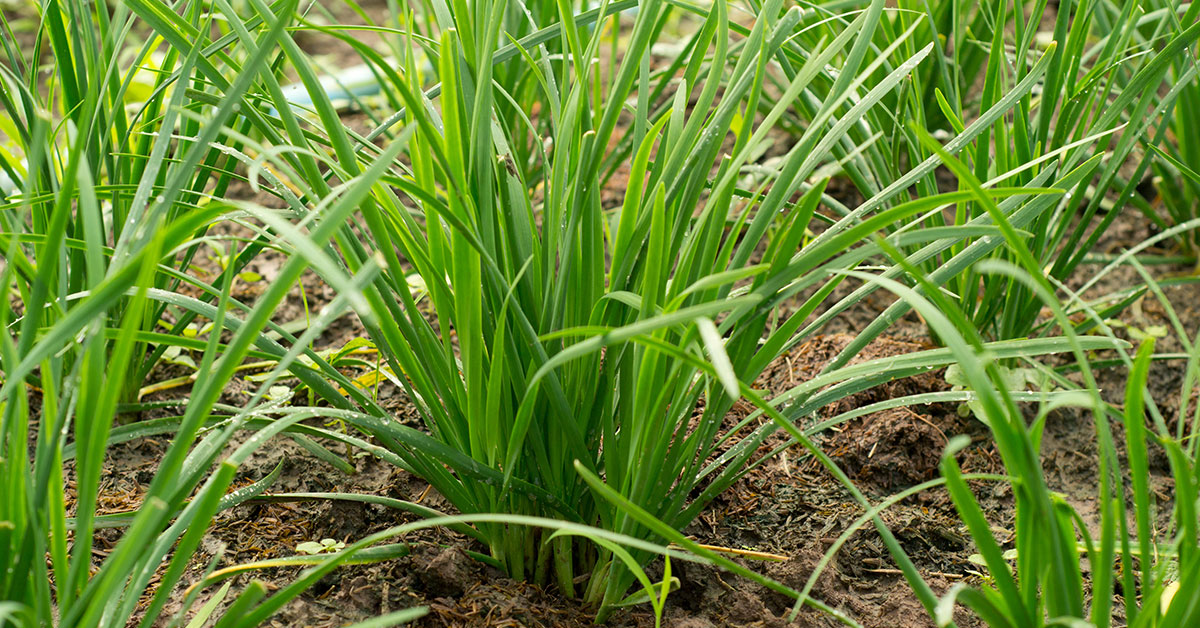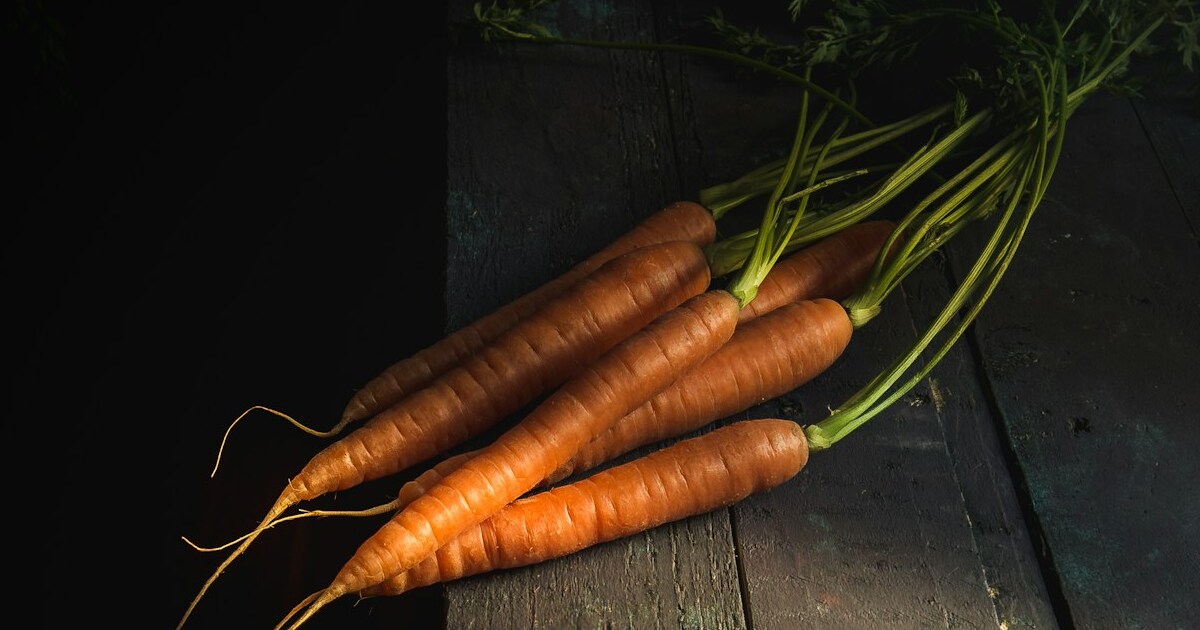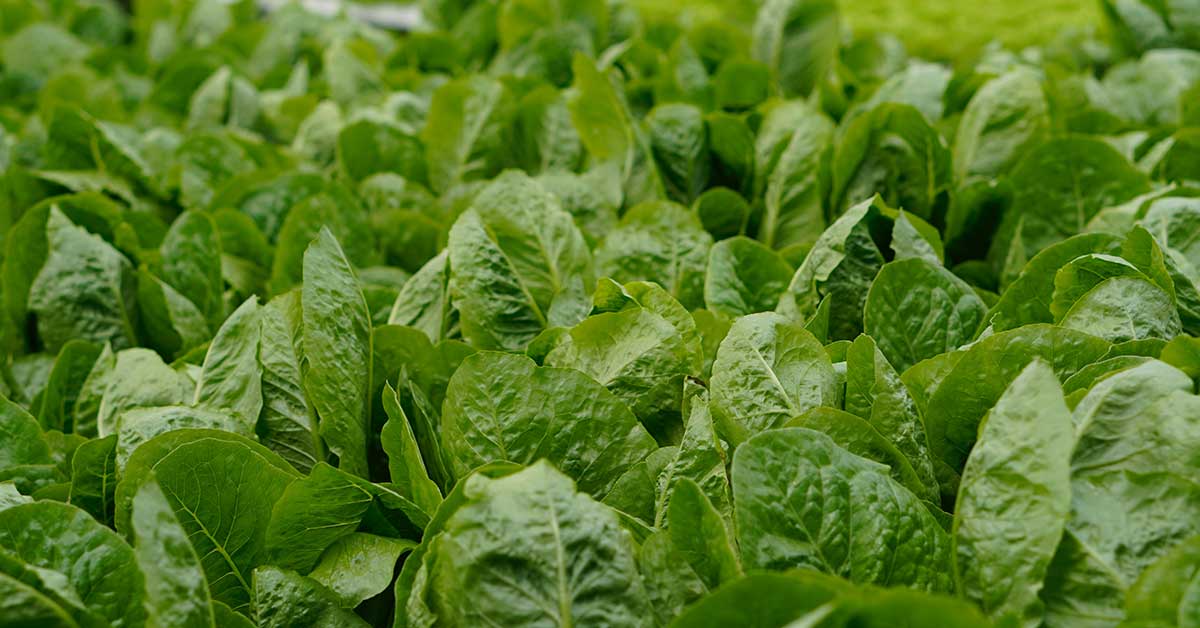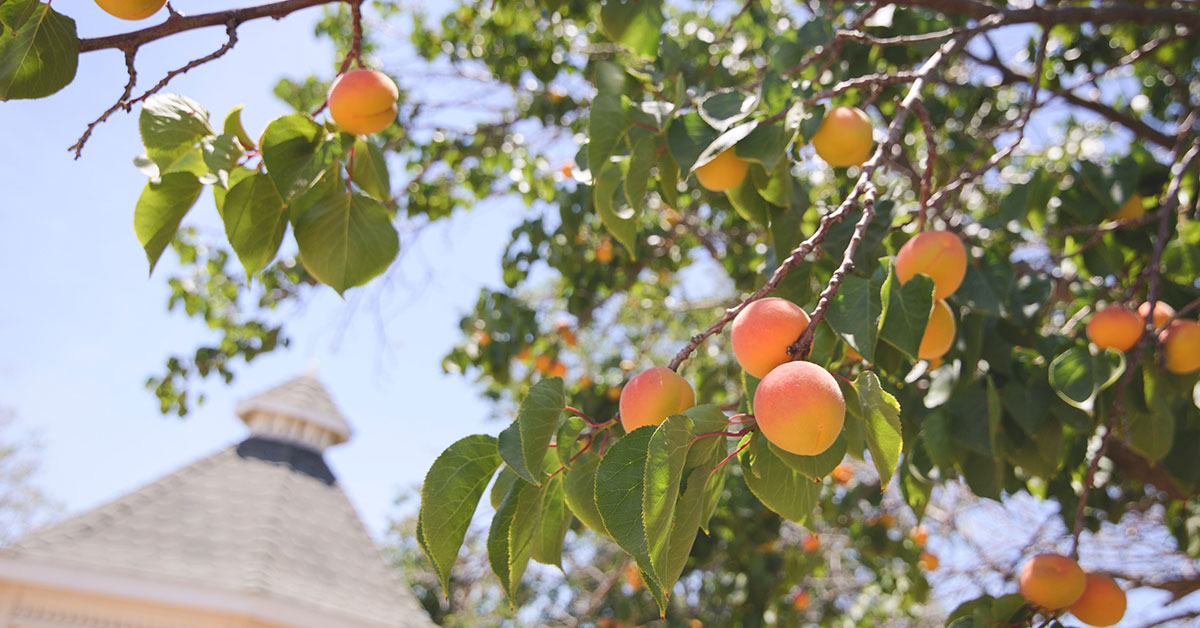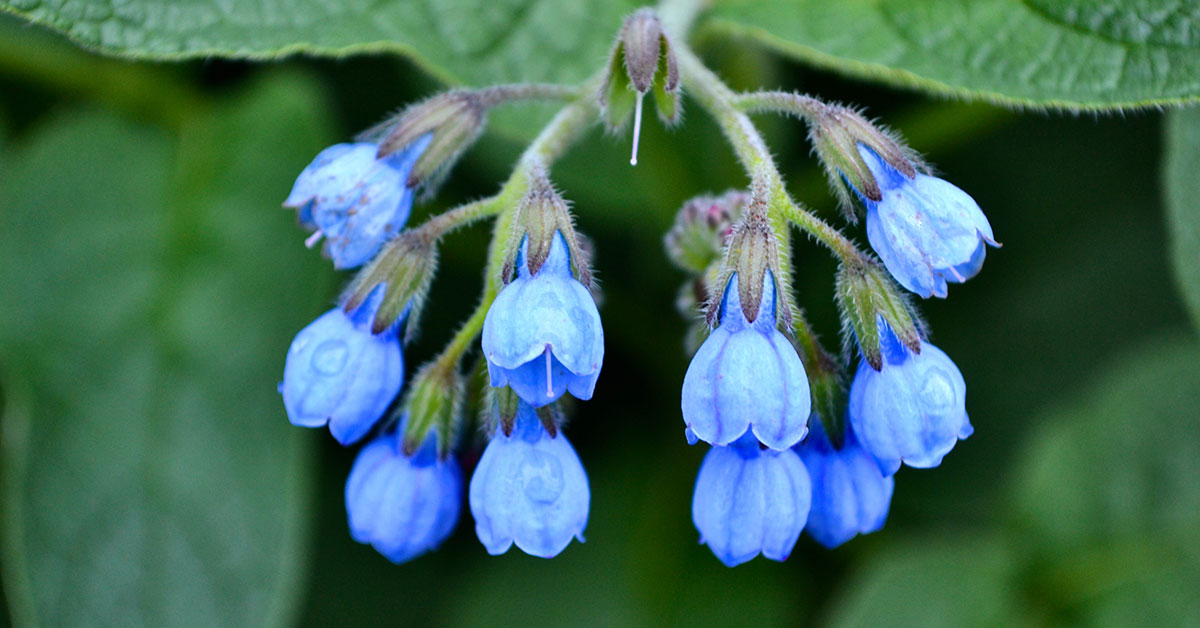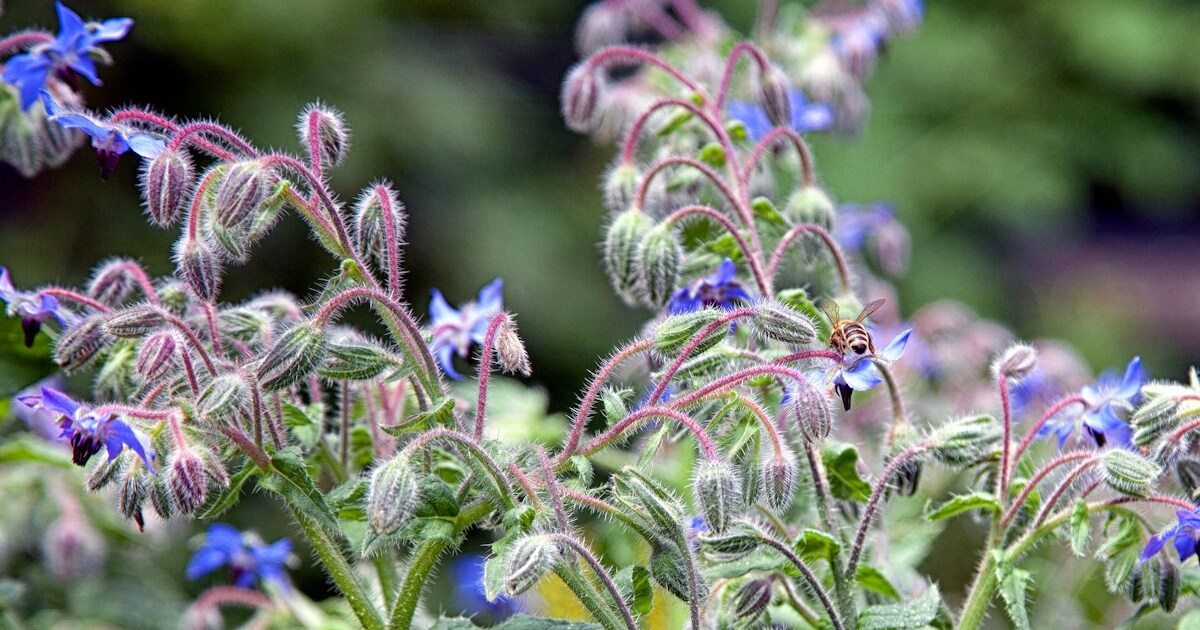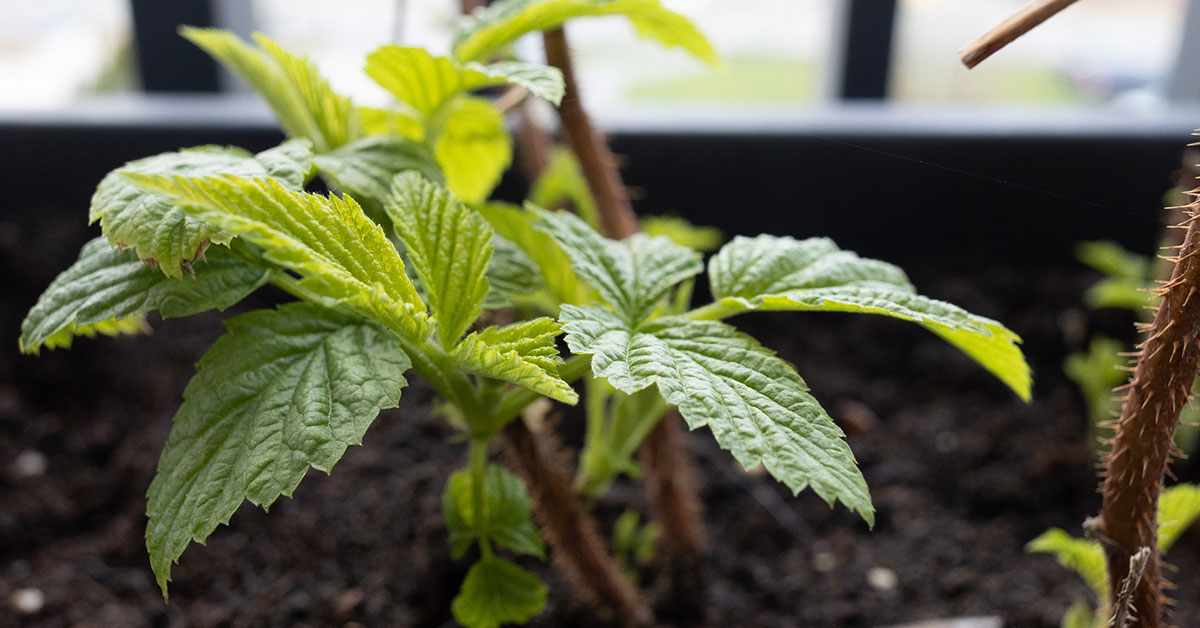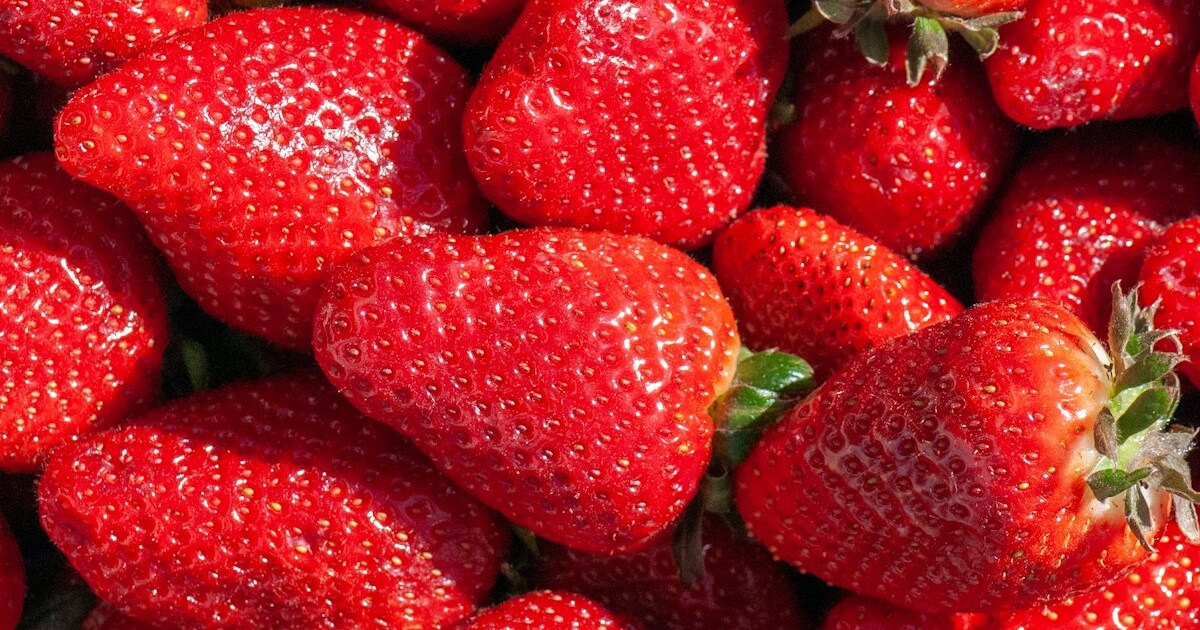Houseplants that stand the test of time are more than mere décor—they become cherished companions that grow alongside us through the years. As a gardener, there’s something profoundly satisfying about nurturing a plant from its early days as a tiny sprout into a mature specimen that may outlast careers, relationships, and even homes! Whether you’re drawn to glossy foliage or architectural silhouettes, selecting long-lived varieties means investing in a green friend that rewards your care decade after decade.
I know how frustrating it can be when a favorite plant falters after a year or two—brown tips, root rot, or simply a stall in growth—but the right species can thrive with minimal fuss. In this article, I’m excited to share 12 houseplants renowned for their longevity, detailing their native origins, growth behaviors, and any potential invasiveness if ever planted outdoors. Let’s dive in and discover which enduring beauties deserve a place in your home!
Spider Plant (Chlorophytum comosum)
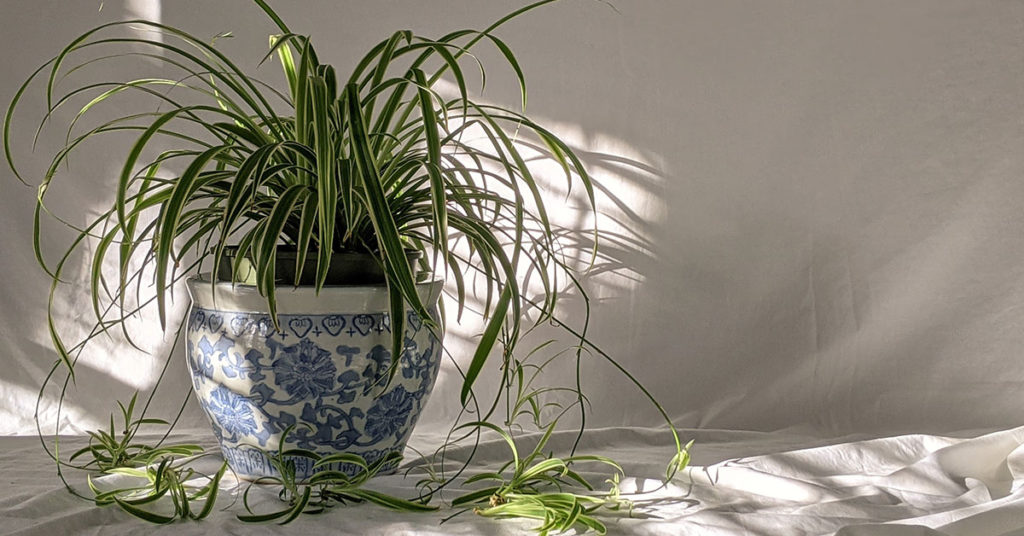
One of my top picks for a carefree yet long-lived houseplant, the Spider Plant hails from the tropical and southern regions of Africa. Its arching stems laden with baby “spiderettes” can trail from hanging baskets or bloom into dense clumps over decades. With bright, indirect light and regular watering, it will reward you with endless offsets that you can pot up or share—an enduring cycle of growth!
In its native habitat, Spider Plants spread via creeping rhizomes, forming substantial colonies that aren’t typically invasive outdoors. Indoors, however, you can easily manage its spread by trimming back old runners and repotting every few years. It’s virtually pest-free, and one of my favorite moments is spotting the first spiderettes unfurling—a cheerful reminder of nature’s unstoppable drive!
Chinese Evergreen (Aglaonema modestum)
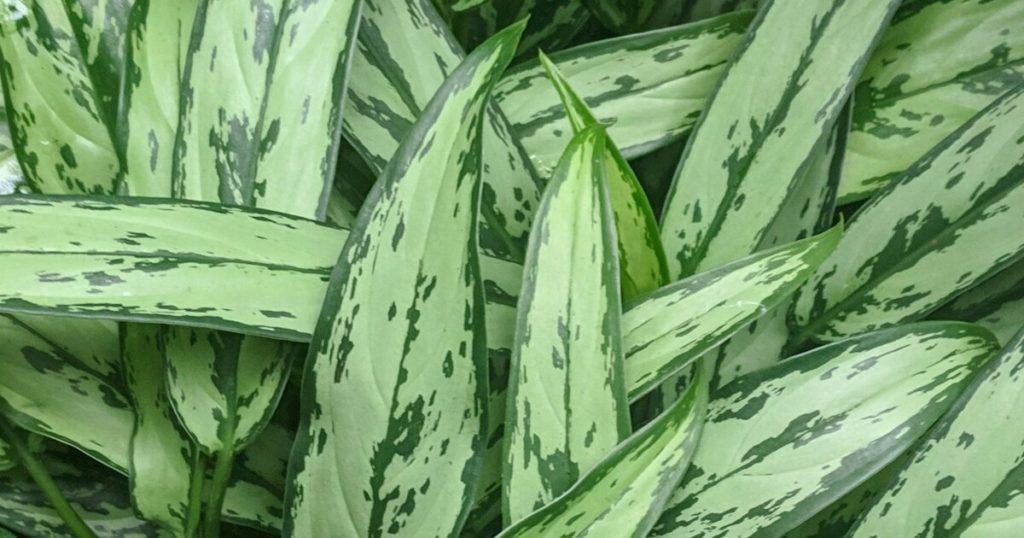
Native to the lush rainforests of Southeast Asia, the Chinese Evergreen is celebrated for its tolerance of low light and its elegant, variegated foliage. Give it moderate humidity and evenly moist soil, and this beauty can live for 10–15 years indoors, steadily producing new leaves that shift in hue from deep emerald to silvery green! It’s a perfect pick for offices or corners lacking sunshine.
Behaviorally, Aglaonema will pause growth during drier periods, then bounce back once you water—its resilience is truly impressive. Outdoors in warm climates it can spread via rhizomes, but indoors its expansion is easily managed with routine trimming. I love watching subtle leaf pattern changes over time; they almost feel like a fingerprint marking the passing seasons!
Ponytail Palm (Beaucarnea recurvata)

Don’t let the name fool you—the Ponytail Palm is actually an agave-relative from eastern Mexico’s arid landscapes. Its bulbous trunk acts as a water reservoir, letting it endure drought spells that would send other plants into shock. With bright light and infrequent watering, it can live well over 50 years, slowly maturing into a tall, curvaceous silhouette topped with a cascade of slender, curly leaves!
This unique species grows very slowly, rarely requiring repotting despite its impressive trunk girth over time. Outdoors in frost-free zones it can naturalize but seldom becomes aggressive. Indoors, its near-immunity to pests and a minimal water routine make it one of my all-time favorites—its quirky form brings a smile every time I walk by!
Peace Lily (Spathiphyllum)
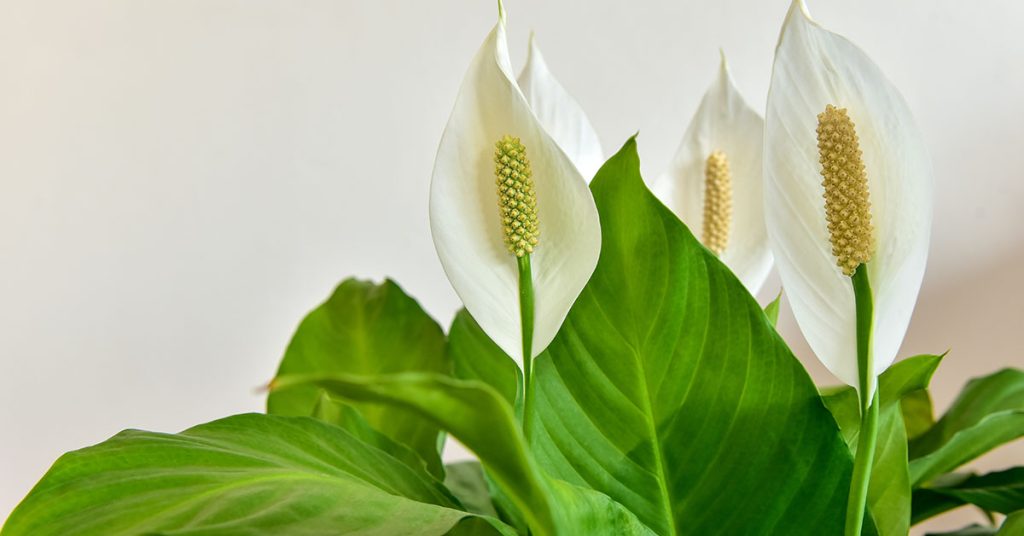
Hailing from tropical regions of the Americas and Southeast Asia, the Peace Lily enchants with glossy leaves and elegant white spathes. Under medium to low light and consistent watering, it can endure for 5–10 years or more, often flowering annually in response to just the right conditions! It’s a go-to for shaded spots where other bloomers might sulk.
One charming behavior is its sensitivity to moisture: its leaves droop dramatically when thirsty, providing a clear “water me” signal. Though not invasive outdoors, it can naturalize in warm, moist environments if left unchecked. Beyond beauty, Peace Lilies excel at air purification—another reason they’re a steadfast presence in my home garden!
Rubber Plant (Ficus elastica)
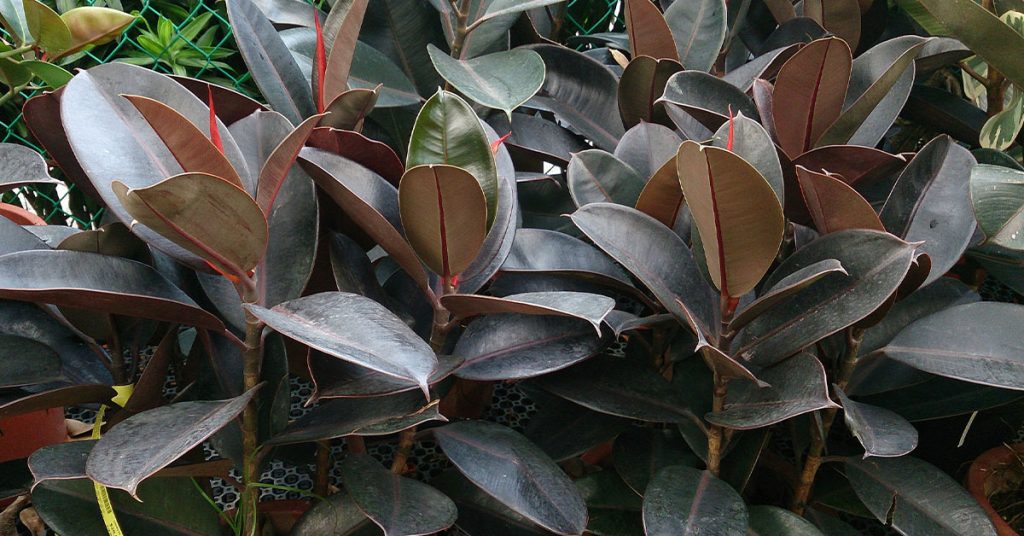
This dramatic beauty originates from the tropical forests of northeastern India and Malaysia, where it can grow into towering trees. Indoors, with bright, indirect light and regular feeding, it can live for decades, often developing into a small tree with foot-long, glossy leaves. Its sap contains latex, which historically was used for rubber tapping—an intriguing nod to its wild origins!
Rubber Plants can propagate from stem cuttings easily, and you might notice bursts of new leaves at nodes as it acclimates. While generally non-invasive inside, outdoors they can spread via suckers in frost-free zones. I find dusting its large leaves monthly not only keeps it healthy but also feels like a mini spa day for my plant!
Jade Plant (Crassula ovata)
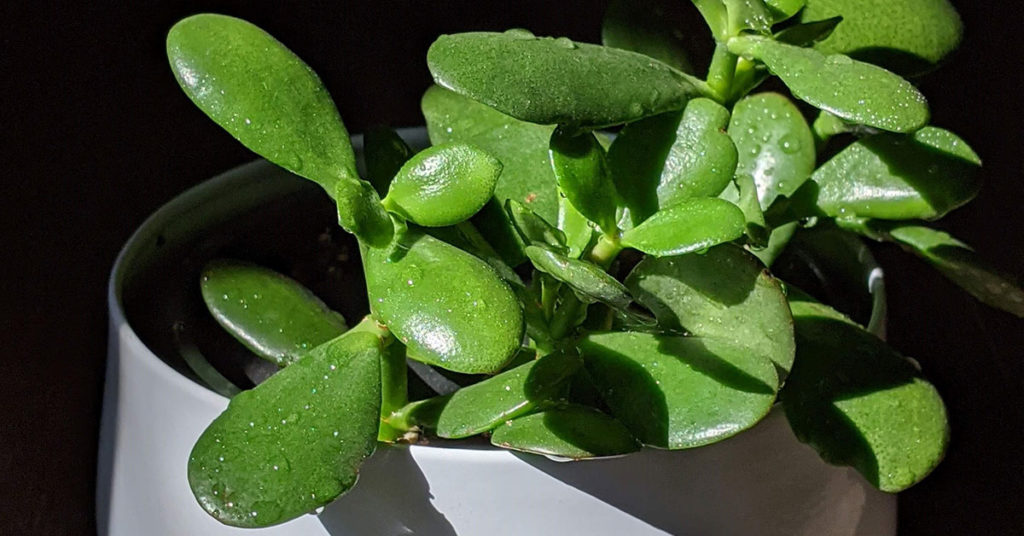
Native to South Africa and Mozambique, the Jade Plant is synonymous with longevity—some specimens live over a century! Its thick stems and fleshy leaves store water, allowing for sporadic watering without harm. Given bright light and well-draining soil, your Jade can thrive for decades, gradually forming a bonsai-like trunk that tells the chapter of its life.
Under bright sun or slight drought, Jade often blushes red at the leaf edges—a seasonal charm I adore. Propagation is a breeze from leaf or stem cuttings, so you’ll always have a backup in case of mishaps. Overwatering is its main nemesis, so let the soil dry between drinks and this succulent legend will keep growing alongside you!
Kentia Palm (Howea forsteriana)
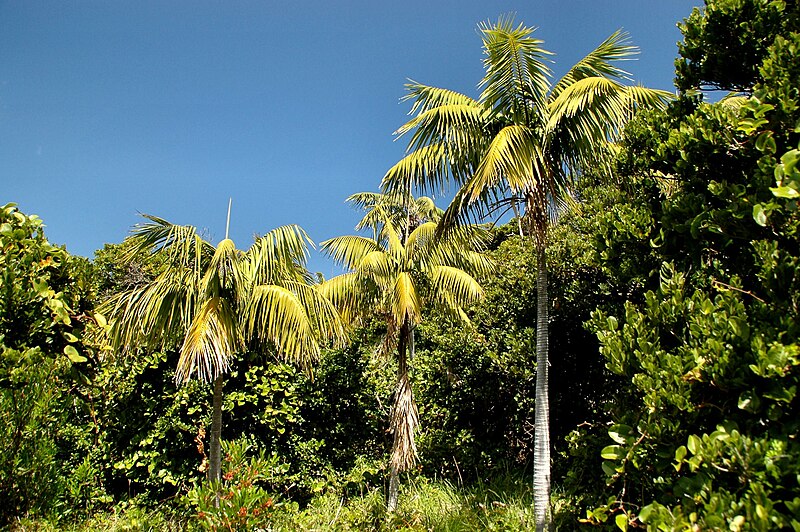
The Kentia Palm is a slow-grower from Australia’s Lord Howe Island, prized for its refined, arching fronds and tolerance of lower light. With moderate watering and occasional feeding, many indoor Kentias reach 50 years or more, gracing interiors with their elegant presence. Its refined growth means repotting is seldom needed—another reason for its enduring appeal!
Outdoors in temperate zones it’s not typically invasive, though in its native habitat it forms dense groves. Watching new fronds unfurl is a soothing ritual—each one a testament to time’s gentle passage. For me, a Kentia in the corner feels like a living artwork that matures in real time!
Aloe Vera (Aloe barbadensis miller)
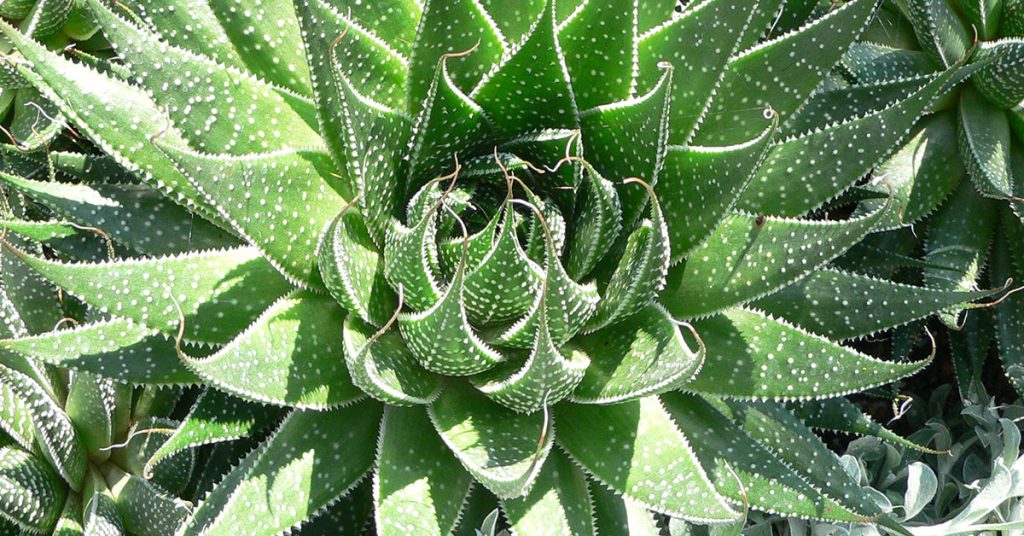
Originally from the Arabian Peninsula, Aloe Vera is cherished both for its medicinal sap and its resilience. Offer bright light, minimal water, and well-draining soil, and it can live for decades, steadily producing offsets that form a lush clump. Snipping fresh leaves for soothing gel becomes a delightful ritual, connecting you to its desert heritage.
Aloe adapts by closing leaf pores during drought and producing fresh rosettes after rest—ingenious desert behavior on display in your home! Outdoors in frost-free areas it can spread vigorously, but inside its growth remains controlled. I love seeing new pups emerge at the base—proof that my Aloe is thriving on my windowsill!
Snake Plant (Sansevieria trifasciata)
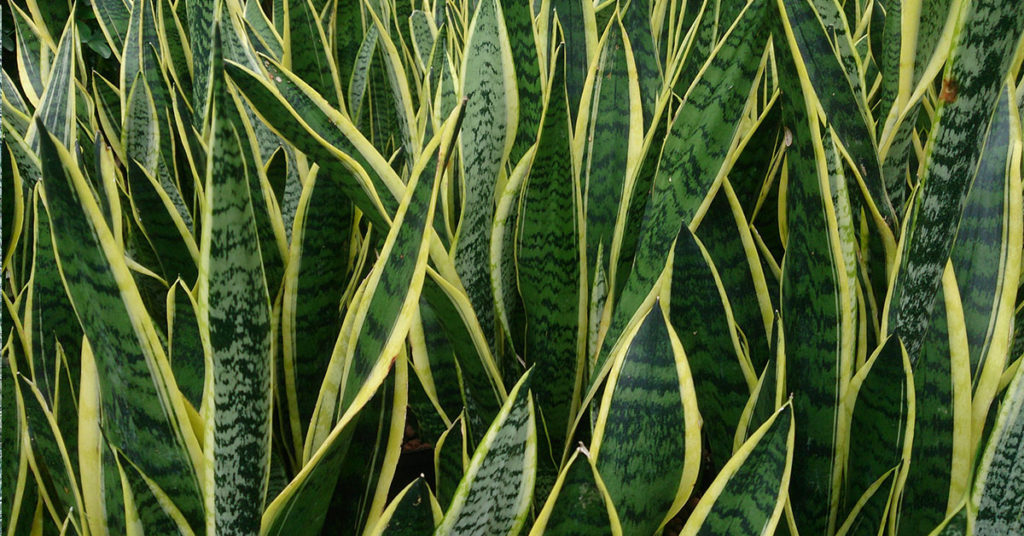
Native to West Africa, the Snake Plant is practically indestructible, flourishing under neglect like few others. Its upright, sword-like leaves store water, meaning irregular watering won’t faze it. In bright to moderate light, a Snake Plant can live for 20 years or more in a single pot, occasionally sending up new shoots that fill empty corners with vertical interest.
Propagating via division or leaf cuttings is effortless, and its rhizomatous habit allows it to colonize sparsely used spaces without overt invasiveness indoors. It’s also a toxin fighter, absorbing formaldehyde and benzene—transforming your home into a fresher oasis! Truly, this plant feels like the superhero of houseplants.
Fiddle Leaf Fig (Ficus lyrata)

From western Africa’s rainforests, the Fiddle Leaf Fig is known for its dramatic, violin-shaped leaves. When pampered with bright, filtered light and consistent watering, it can flourish for decades, growing into an indoor tree with leaves that captivate at every glance! It’s temperamental, yes, but once you find its sweet spot, the payoff is stunning foliage.
You might spot aerial roots on the trunk—nature’s way of seeking extra moisture—so humidify gently or mist occasionally. Outdoors in suitable climates it can become invasive, but indoors it remains a graceful giant. Wiping its large leaves monthly not only keeps them shining but helps ward off spider mites—another satisfying ritual!
Boston Fern (Nephrolepis exaltata)
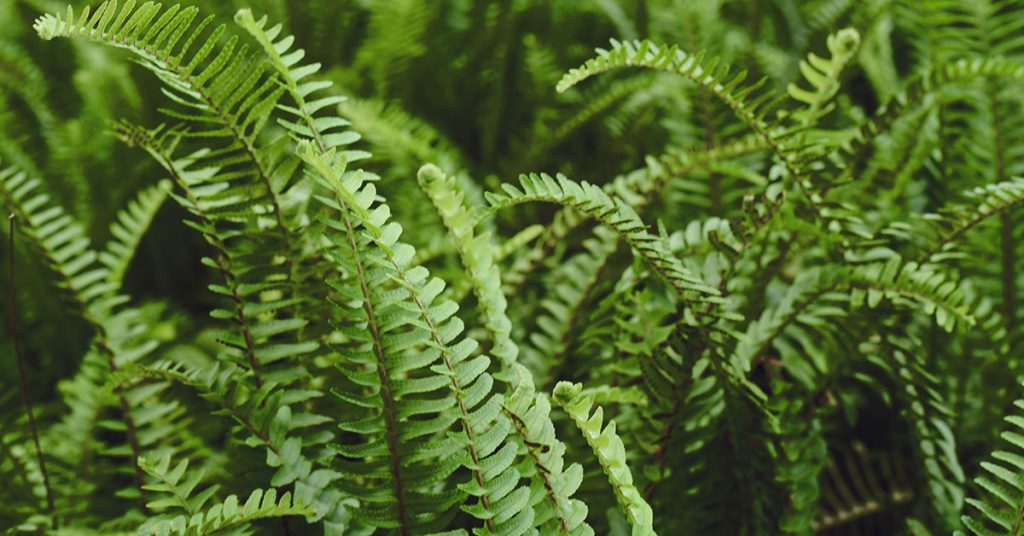
A classic from tropical and subtropical regions worldwide, the Boston Fern delights with feathery fronds that can hang or stand in elegant clumps. With steady humidity, indirect light, and moist soil, it can thrive for decades, rewarding you with lush greenery that softens any space. Watching fresh fiddleheads unfurl is one of gardening’s simplest joys!
In gardens it can spread invasively via creeping rhizomes, but indoors you control its size by routine frond trimming. A pebble tray or regular misting keeps it happy, and its air-purifying qualities add another layer of wellness to your home. One of my favorite memories is rescuing a neglected Boston Fern and seeing it rebound—proof of its resilient spirit!
Pothos (Epipremnum aureum)
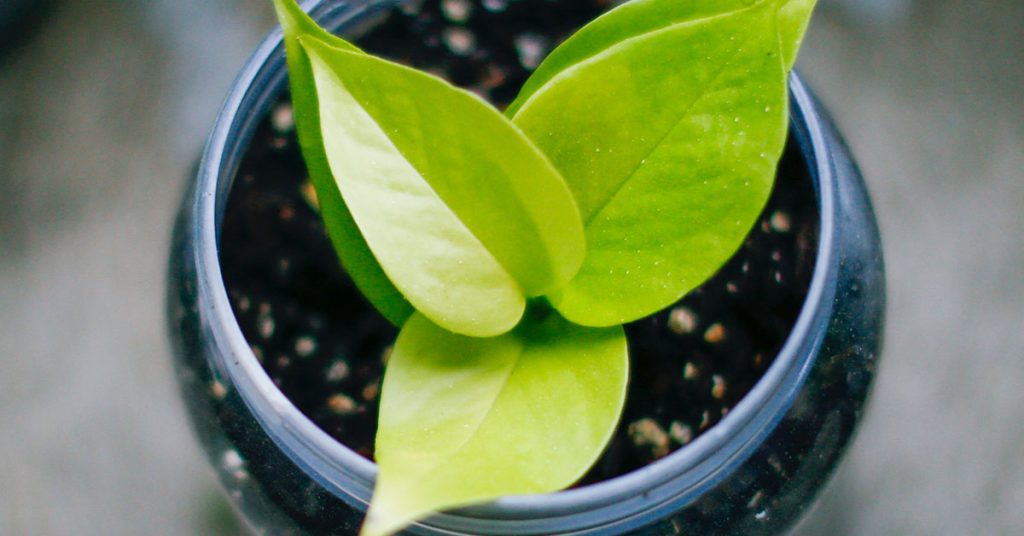
Originating from the Solomon Islands, Pothos is a vigorous vine with heart-shaped leaves that trail or climb for decades. Its adaptability to low light and irregular watering makes it a beginner’s dream, and a mature Pothos can keep cascading lush greenery for 10–20 years in a single planter. It’s one of those plants that feels almost immortal!
Propagation is as simple as snipping a stem and placing it in water or soil—nodes root readily and produce new vines. In tropical gardens it’s invasive, but indoors you’ll appreciate its manageable enthusiasm. I love training mine up a moss pole, watching the vines spiral skyward as if reaching for memories of its jungle home.


